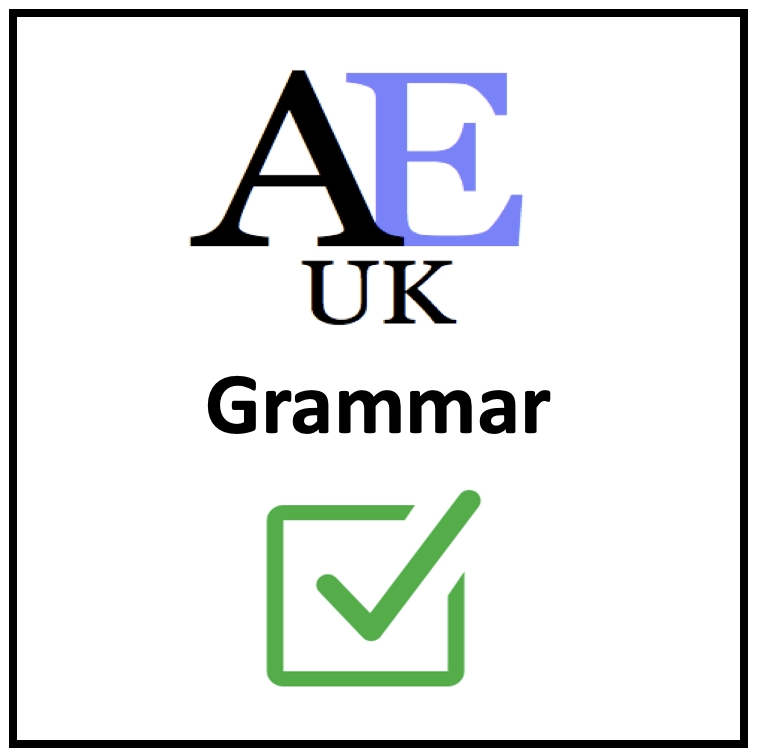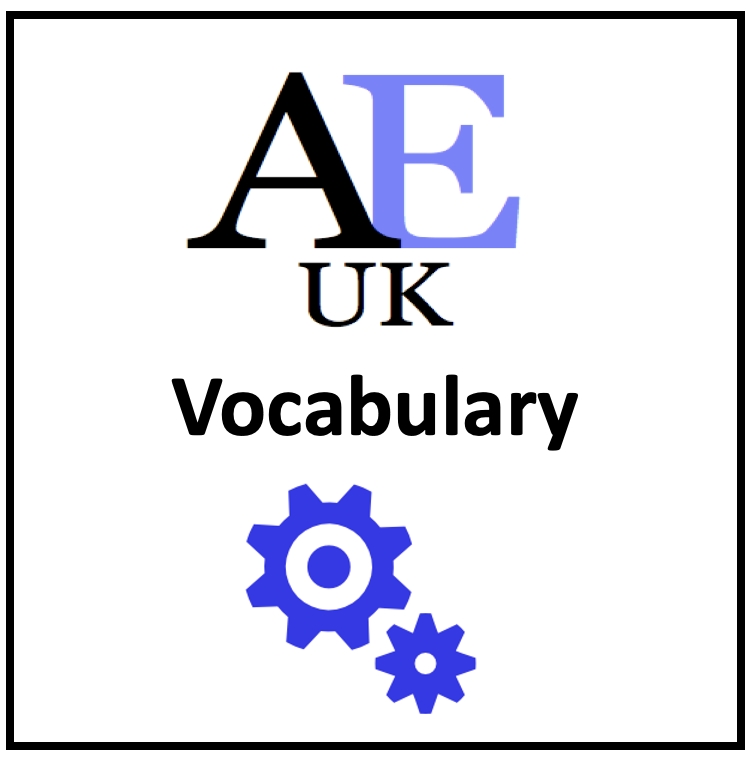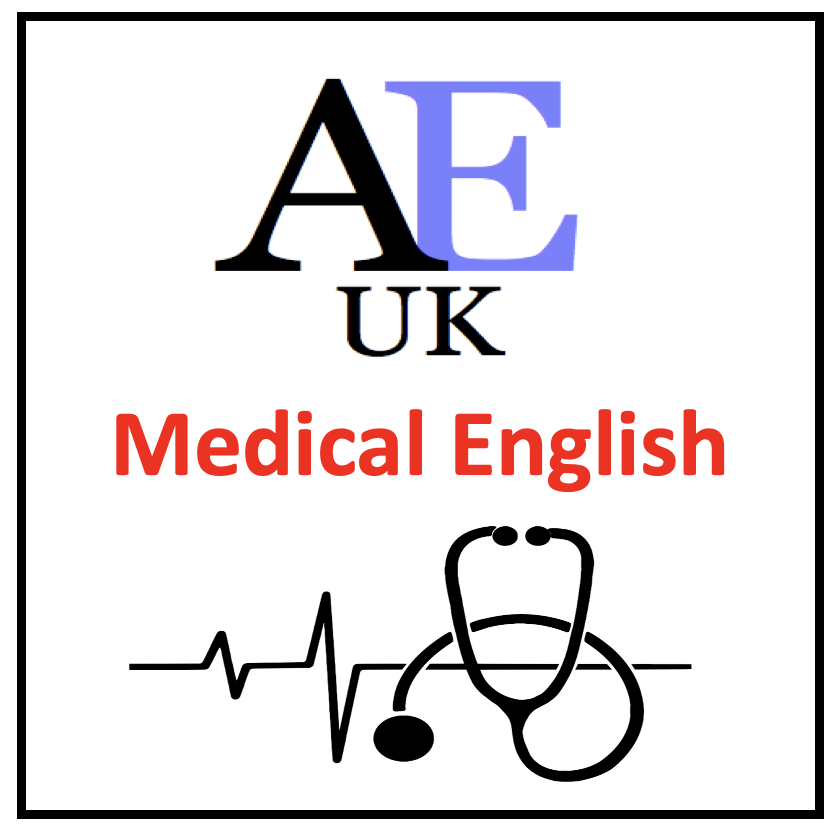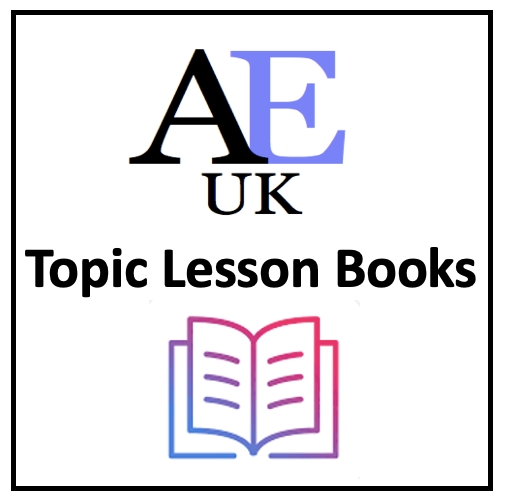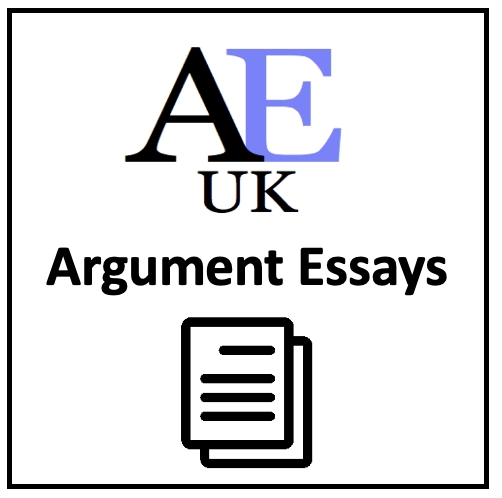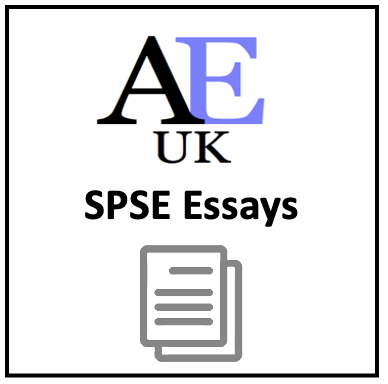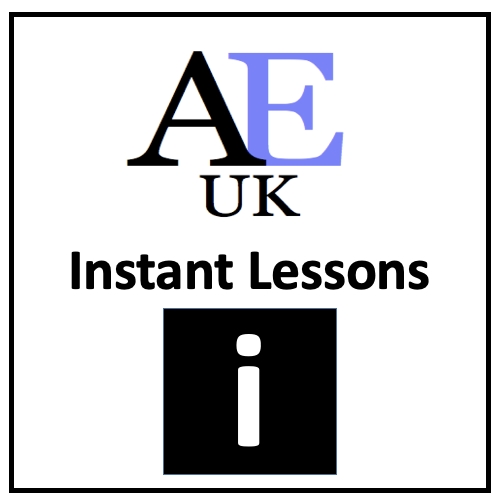RESOURCES: Reading / Writing / Listening / Speaking / Argument / SPSE / Reading Tests / Summary / Dictogloss / Grammar / Vocab / Critical Thinking / Instant Lessons / Medical English / Graphs & Charts / New 2025 /
Academic Writing Skills
What is academic writing? Academic writing can be defined as a formal type of writing that aims to clearly communicate complex ideas through clear and concise means. It should be clearly focused, logically structured and supported by credible evidence such as data, facts, quotations, arguments, statistics, research and theories. It is commonly acknowledged that academic writing uses a range of specific academic features such as academic style, academic referencing, subject specific vocabulary, exemplification, analytical and evaluative language and academic grammar conventions (Wilson, 2022).
Academic Writing skills for academic English students at university. All the important elements / functions of writing academically.
Academic Writing Downloads
Click on any link to be taken to the download
An Introduction to Academic Writing
Academic Writing Workbook: 10x lessons
Academic Writing Workbook: 10x Lessons (new 2024)
This academic writing workbook will enable students to improve their writing skills by introducing them to ten important areas of good academic writing style. Each area includes instructions, rules with examples, plenty of practice activities within the context of the UN SDGs and an answer key. The 10 areas are: 1) Academic style. 2) Passive grammar. 3) Hedging. 4) AWL. 5) Noun phrases. 6) Complex sentence structure. 7) Cause & effect. 8) Parallelism. 9) Coherence. 10) Cohesion. Example. Level: ***** [B1/B2/C1] TEACHER MEMBERSHIP / INSTITUTIONAL MEMBERSHIP
*
Individual Lesson Downloads
1. Features and Language to Avoid in Academic Writing
Features and Language to Avoid in Academic Writing Worksheet 1 (new 2024)
This worksheet introduces students to the features and language to avoid when writing in an academic style. It includes instructions, rules, plenty of practice activities within the context of the UN SDGs and an answer key. This worksheet can be used on its own or as part of our academic writing booklet and is suitable for classroom use or self-study. Example. Level: ***** [B1/B2/C1] TEACHER MEMBERSHIP / INSTITUTIONAL MEMBERSHIP
*
2. Passive Grammar
Academic Writing: Passive Grammar Worksheet 2 (new 2024)
This worksheet introduces students to the passive voice. It includes instructions, rules, plenty of practice activities within the context of the UN SDGs and an answer key. This worksheet can be used on its own or as part of our academic writing booklet and is suitable for classroom use or self-study. Example. Level: ***** [B1/B2/C1] TEACHER MEMBERSHIP / INSTITUTIONAL MEMBERSHIP
*
3. Hedging / Cautious Language
Academic Writing: Hedging / Cautious Language Worksheet 3 (new 2024)
This worksheet introduces students to hedging. It includes instructions, rules, plenty of practice activities within the context of the UN SDGs and an answer key. This worksheet can be used on its own or as part of our academic writing booklet and is suitable for classroom use or self-study. Example. Level: ***** [B1/B2/C1] TEACHER MEMBERSHIP / INSTITUTIONAL MEMBERSHIP
*
4. Academic Word List (AWL)
Academic Writing: The Academic Word List (AWL) Worksheet 4 (new 2024)
This worksheet introduces students to the academic wordlist (AWL). It includes instructions, rules, plenty of practice activities within the context of the UN SDGs and an answer key. This worksheet can be used on its own or as part of our academic writing booklet and is suitable for classroom use or self-study. Example. Level: ***** [B1/B2/C1] TEACHER MEMBERSHIP / INSTITUTIONAL MEMBERSHIP
*
5. Noun Phrases
Academic Writing: Noun Phrases Worksheet 5 (new 2024)
This worksheet introduces students to noun phrases. It includes instructions, rules, plenty of practice activities within the context of the UN SDGs and an answer key. This worksheet can be used on its own or as part of our academic writing booklet and is suitable for classroom use or self-study. Example. Level: ***** [B1/B2/C1] TEACHER MEMBERSHIP / INSTITUTIONAL MEMBERSHIP
*
6. Complex Sentence Structure
Academic Writing: Complex Sentence Structure Worksheet 6 (new 2024)
This worksheet introduces students to complex sentence structure. It includes instructions, rules, plenty of practice activities within the context of the UN SDGs and an answer key. This worksheet can be used on its own or as part of our academic writing booklet and is suitable for classroom use or self-study. Example. Level: ***** [B1/B2/C1] TEACHER MEMBERSHIP / INSTITUTIONAL MEMBERSHIP
*
7. Cause and Effect
 Academic Writing: Cause and Effect Worksheet 7 (new 2024)
Academic Writing: Cause and Effect Worksheet 7 (new 2024)
This worksheet introduces students to the language of cause and effect. It includes instructions, rules, plenty of practice activities within the context of the UN SDGs and an answer key. This worksheet can be used on its own or as part of our academic writing booklet and is suitable for classroom use or self-study. Example. Level: ***** [B1/B2/C1] TEACHER MEMBERSHIP / INSTITUTIONAL MEMBERSHIP
*
8. Parallelism
Academic Writing: Parallelism Worksheet 8 (new 2024)
This worksheet introduces students to parallelism. It includes instructions, rules, plenty of practice activities within the context of the UN SDGs and an answer key. This worksheet can be used on its own or as part of our academic writing booklet and is suitable for classroom use or self-study. Example. Level: ***** [B1/B2/C1] TEACHER MEMBERSHIP / INSTITUTIONAL MEMBERSHIP
*
9. Coherence
Academic Writing: Coherence Worksheet 9 (new 2024)
This worksheet introduces students to coherence. It includes instructions, rules, plenty of practice activities within the context of the UN SDGs and an answer key. This worksheet can be used on its own or as part of our academic writing booklet and is suitable for classroom use or self-study. Example. Level: ***** [B1/B2/C1] TEACHER MEMBERSHIP / INSTITUTIONAL MEMBERSHIP
*
10. Cohesion
Academic Writing: Cohesion Worksheet 10 (new 2024)
This worksheet introduces students to cohesion. It includes teacher’s notes, rules, plenty of practice activities within the context of the UN SDGs and an answer key. This worksheet can be used on its own or as part of our academic writing booklet and is suitable for classroom use or self-study. Example. Level: ***** [B1/B2/C1] TEACHER MEMBERSHIP / INSTITUTIONAL MEMBERSHIP
*
Academic Writing Workbook: 10x lessons
Academic Writing Workbook: 10x Lessons (new 2024)
This academic writing workbook will enable students to improve their writing skills by introducing them to ten important areas of good academic writing style. Each area includes instructions, rules with examples, plenty of practice activities within the context of the UN SDGs and an answer key. The 10 areas are: 1) Academic style. 2) Passive grammar. 3) Hedging. 4) AWL. 5) Noun phrases. 6) Complex sentence structure. 7) Cause & effect. 8) Parallelism. 9) Coherence. 10) Cohesion. Example. Level: ***** [B1/B2/C1] TEACHER MEMBERSHIP / INSTITUTIONAL MEMBERSHIP
*
More digital resources and lessons
Readings
online resources
Tests
online resources
Grammar
online resources
Art
online resources
New for 2025
online resources
Writing
online resources
Summary
online resources
Vocabulary
online resources
Medical
online resources
Topic-lessons
online resources
Listening
online resources
Argument
online resources
Writing Skills
online resources
Criteria
online resources
6-Week
Members only
Speaking
online resources
SPSE Essays
online resources
Correction
online resources
Feedback
online resources
OneDrive
Members only
Criticality
online resources
Instants
online resources
Graphs
online resources
Free
online resources
AEUK Blog
online resources




